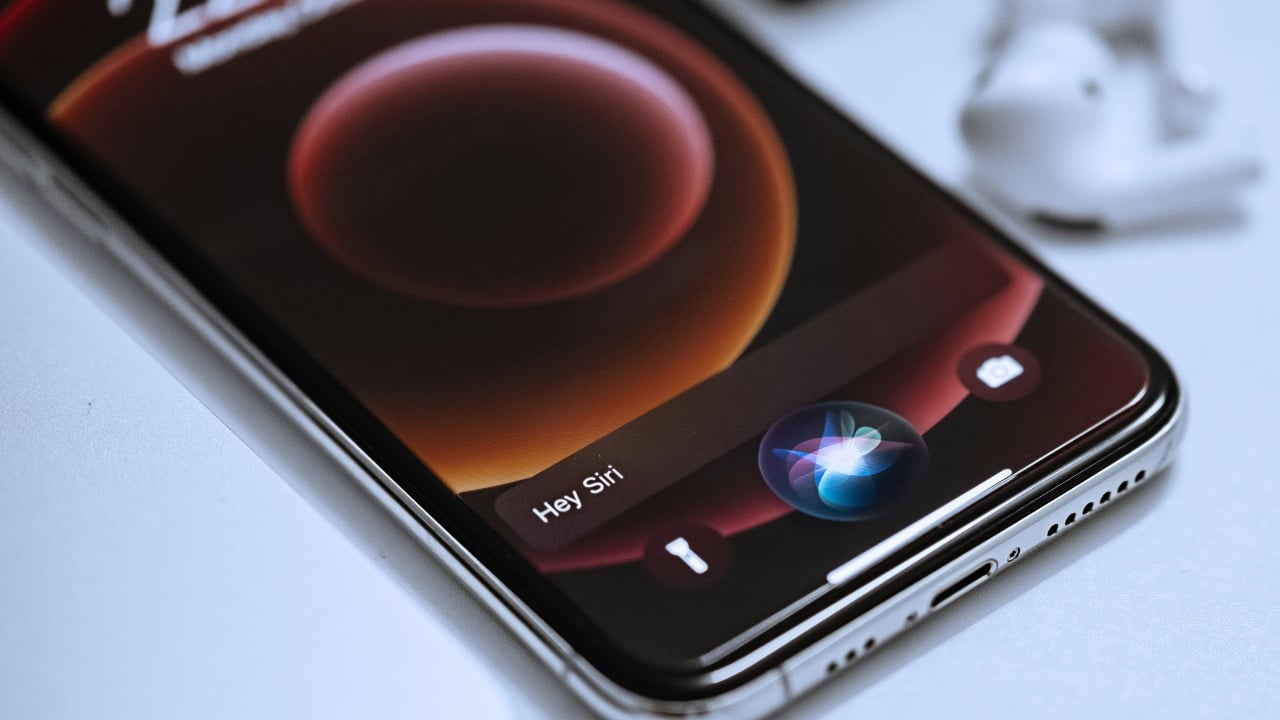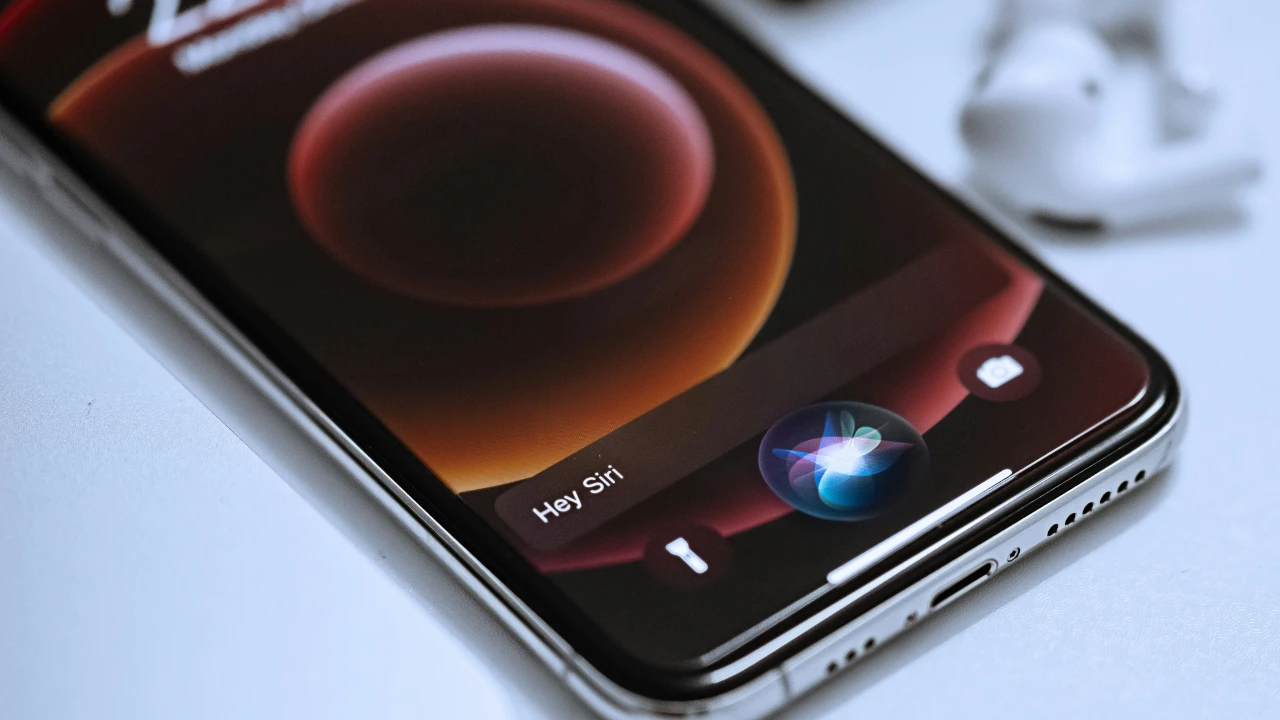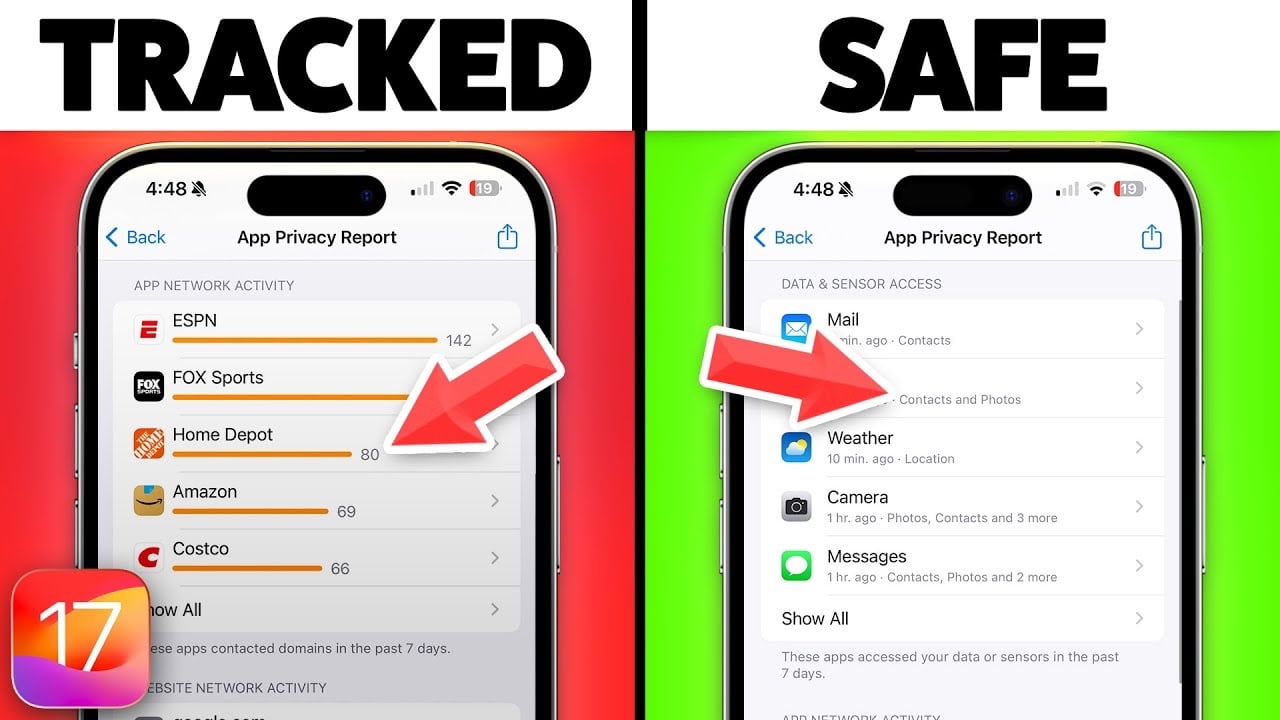[ad_1]

England’s victory over Ireland last weekend has imbued Super Saturday – the triple-stacked final day of the Six Nations Championship – with a real sense of jeopardy. Can England win the Six Nations 2024? Or will it be Ireland’s day?
From the moment that Andy Farrell’s men tore pre-tournament favourites France apart in the opening match of the tournament, the writing was on the wall. Not only would they retain the trophy, but they’d do so as the first team to win back-to-back Grand Slams in the Six Nations era.
England shattered that illusion with an outstanding performance on the penultimate weekend of the championship, one capped by a last-gasp Marcus Smith drop goal. It sealed a shock 23-22 victory for the underdogs, who could yet snatch the trophy from Ireland’s fingertips on Saint Patrick’s Day.
Need to swot up before the rugby gets underway? Read on as we break down all you need to know about who can win the Six Nations 2024, plus the odds and teams.
Can England win Six Nations 2024?
England are the only team that harbour realistic ambitions of denying Ireland back-to-back Six Nations titles, but even then, they need a lot to go their way.
Their hopes hinge on Scotland not just beating Ireland in Dublin but doing so while denying them a bonus point. If that transpires, England would win the Six Nations with a bonus point victory over France.
What do Ireland need to do to win the Six Nations?
Ireland are the only title contenders that are in control of their own fate.
A solitary point would ensure they retain the Championship Trophy, which means they could lose their final game to Scotland and still win the title, as long as they secure a bonus point.
They’re in such a strong position that they could even end up winning fewer games than England and still lift the trophy. That’s because they’ve secured a bonus point in every game so far.
Can Scotland win the Six Nations?
While it’s still mathematically possible for Scotland to win the Six Nations, in reality they have no chance.
Not only are they five points behind Ireland, but they have a 76-point points differential to make up too.
Even if Scotland beat Ireland with a bonus point, deny Andy Farrell’s men a bonus point and gobble up that gaping points differential, they’ll only win the title if France beat England but do so without securing a bonus point of their own.
Can Wales avoid the wooden spoon? And is it a real spoon?
It’s not looking good for Wales. They’re four points behind Italy in the 2024 Six Nations standings and have an inferior points differential, which means they need to win – and win big – to stand any chance of avoiding the wooden spoon.
A bonus-point victory would do it, as long as they deny Italy a losing bonus point or make up the points differential between them, which stands at 11 points.
A victory without a bonus point would only be enough if they were to deny Italy a losing bonus point and overturn the points differential.
Wales haven’t been saddled with the wooden spoon since 2003, which was also the last time they failed to win a single game in the championship.
On the plus side, whoever finishes bottom won’t have to go through the ignominy of a wooden spoon presentation, as the kitchen implement is purely metaphorical.
What are the latest Six Nations odds?
Ireland are -10,000 favourites to retain the Six Nations Championship trophy, with England a +2,200 underdog, according to DraftKings. At +10,000, Scotland are a major long shot, though not quite to the same level as France, at +20,000.
What are the France vs England teams?
France XV: 15 Leo Barre, 14 Damian Penaud, 13 Gaël Fickou, 12 Nicolas Depoortere, 11 Louis Bielle-Biarrey, 10 Thomas Ramos, 9 Nolann Le Garrec, 8 Gregory Alldritt (c), 7 Charles Ollivon, 6 François Cros, 5 Emmanuel Meafou, 4 Thibaud Flament, 3 Uini Atonio, 2 Julien Marchand, 1 Cyril Baille. Replacements: 16 Peato Mauvaka, 17 Sebastien Taofifenua, 18 Georges-Henri Colombe, 19 Romain Taofifenua, 20 Alexandre Roumat, 21 Paul Boudehent, 22 Maxime Lucu, 23 Yoram Moefana.
England XV: 15 George Furbank, 14 Tommy Freeman, 13 Henry Slade, 12 Ollie Lawrence, 11 Elliot Daly, 10 George Ford, 9 Alex Mitchell, 8 Ben Earl, 7 Sam Underhill, 6 Ollie Chessum, 5 George Martin, 4 Maro Itoje, 3 Dan Cole, 2 Jamie George (c), 1 Ellis Genge. Replacements: 16 Theo Dan, 17 Joe Marler, 18 Will Stuart, 19 Ethan Roots, 20 Alex Dombrandt, 21 Danny Care, 22 Marcus Smith, 23 Manu Tuilagi.
Six Nations table 2024
| Team | W/D/L | Bonus | Total |
|---|---|---|---|
| Ireland | 4/0/0 | 4 | 16 |
| England | 3/0/1 | 0 | 12 |
| Scotland | 3/0/1 | 3 | 11 |
| France | 2/1/1 | 1 | 11 |
| Italy | 1/1/2 | 1 | 7 |
| Wales | 0/0/4 | 3 | 3 |
How many times have France beaten England in rugby?
France and England have played each other 110 times, with Les Bleus trailing the head-to-head with 43 victories to 60 defeats. The other seven games ended all square.
How many times have England beaten France away?
Of their 54 encounters on French soil, England have won an extremely respectable 23 games. France have won 29, with the other two being draws.
However, England have won just one of their last six away games against France, with that sole victory coming in 2016.
How many times have France won the Six Nations?
France have won the championship 18 times, with six of those wins coming in the Six Nations era. They last won the tournament in 2022, which they achieved with a perfect record – known as the Grand Slam.
How many times have England won the Six Nations?
England are the most successful team in championship history, having taken home the title 29 times. Seven of those victories came in the Six Nations era, the most recent of which was in 2020. They last won the Grand Slam in 2016.
What is a bonus point in rugby?
The Six Nations bonus-point system is designed to reward attacking rugby. As such, an extra point is awarded to teams who score at least four tries or lose by seven or fewer points.
How much are France vs England tickets?
France vs England tickets start at €30 if you go via the Fédération Française de Rugby website. However, we expect any remaining seats to be snapped up sharpish.
[ad_2]
Source Article Link












